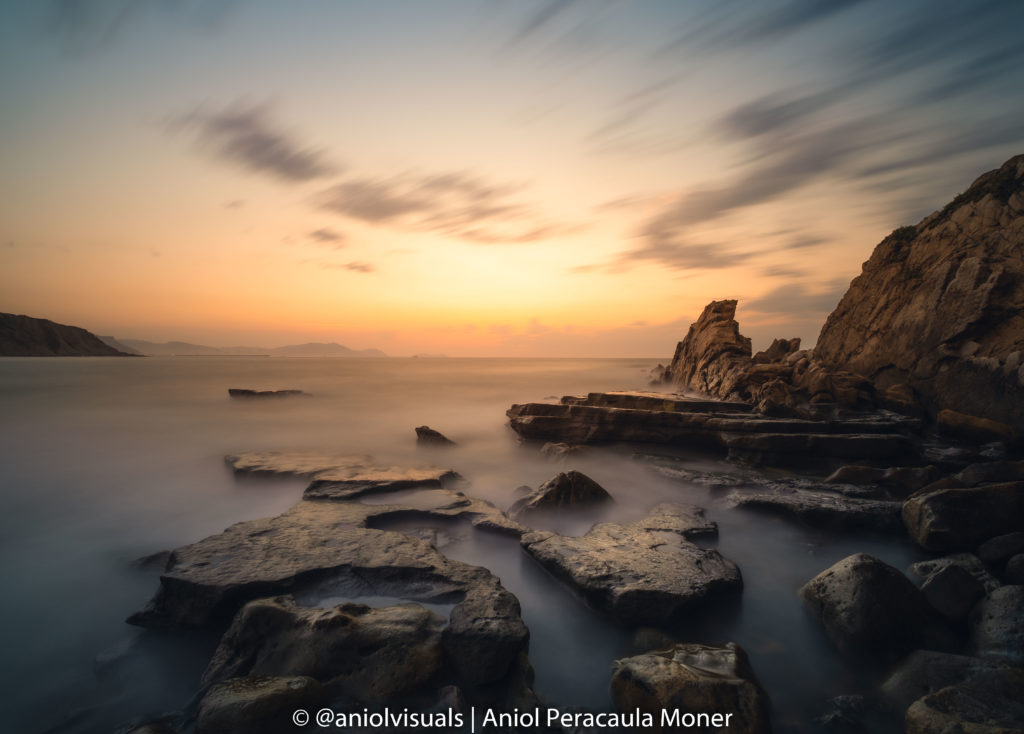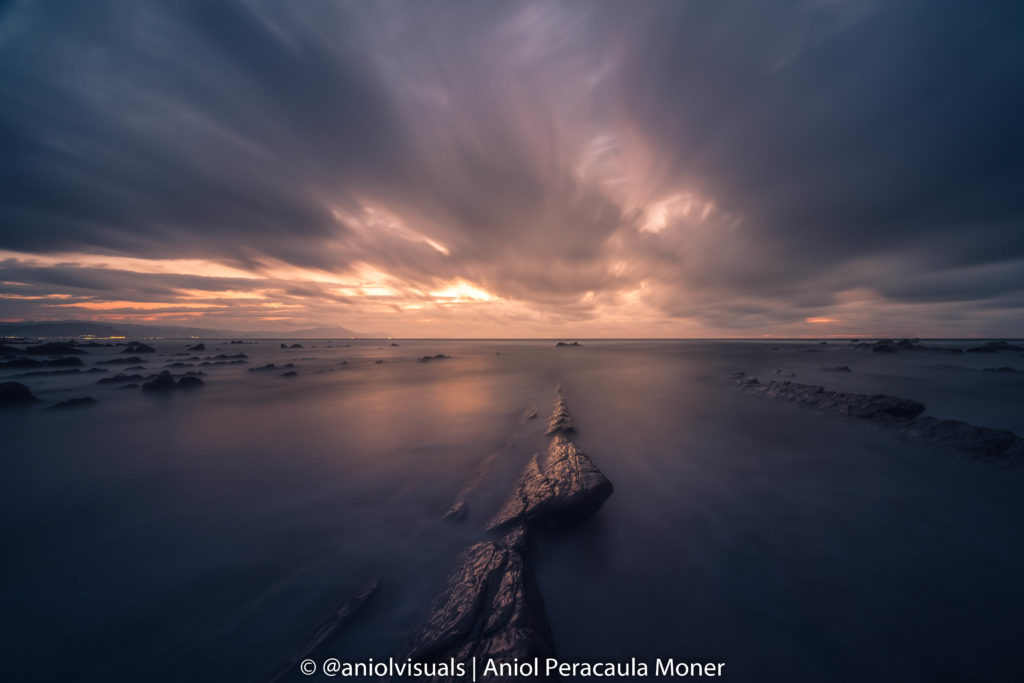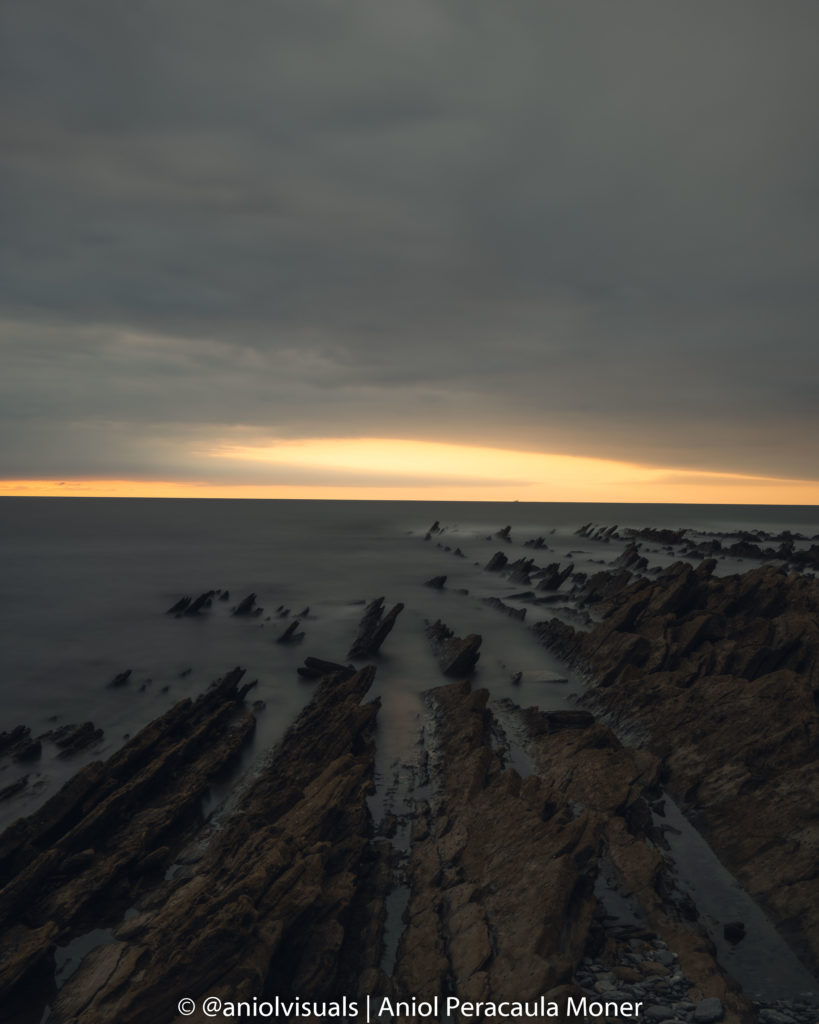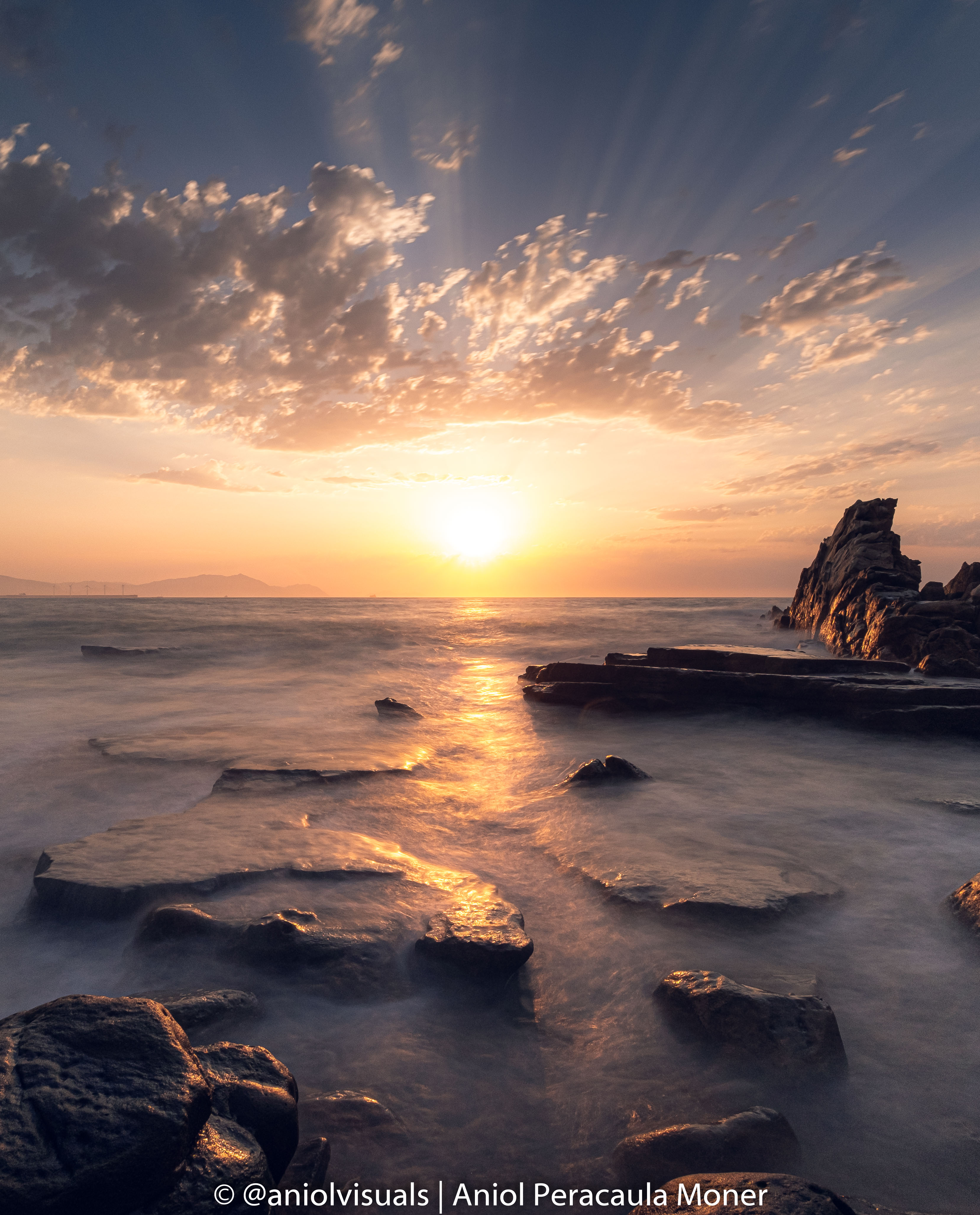When I started taking photos, I hated shooting at low speeds. My images were blurry, distorted, and useless. Of course, by that time I was 10 and I didn’t even think about using a tripod. Even today, carrying a tripod is something that annoys me (a lot), but I have learnt to live with it. Because if there is something that drives me crazy about photography is being able to capture movement in a single image. And this is how my personal battle, long exposure vs short exposure photography begins.
I dare to say that if you ask if it is possible to capture movement in photography, some people will doubt, and some will say no. However, this is what long exposure photography does. And once I discovered how to take long exposure photos, it became my main theme for quite a while. Until one day, I discovered that long exposure also had negative sides. Nowadays, I just like to ask myself what I prefer before going outside. There are many variables that I consider, and I have listed them below. Would you like to know what to consider before choosing long exposure vs short exposure photography? Keep reading!
1. Gear and time
A huge benefit of shooting handheld, without long exposure times, is that it usually requires using less gear. In my long exposure beginner’s guide, I present all the essential gear that you will need for taking such images, and it is a long one. If you are a light traveller, or you like hiking without carrying a lot of weight, long exposures are not your best friend. Tripod, filters, shutters,… they are heavy and may suppose an extra charge at most airports, as tripods are not usually allowed as hand luggage. Although let’s be honest and say that using a tripod is not something exclusive of long-exposure photography
Not only long exposure requires more gear, but it also requires using more time than when taking a handheld image. And I am not only referring to the exposure time, but to the preparation time also. Setting the tripod, deciding the exact frame, settings, putting on filters,… it takes some time, and it makes photography slightly less flexible.
The winner of this point will depend on the quality of the final image and of your preferences. Do you mind carrying a lot of gear? Is it okay if you only get 2 images from a shooting? Answer these questions and you will know if this is an important variable for your final decision.

2. Battery life
1-minute exposures drain your batteries a lot. If you don’t have spare batteries if you will not have the opportunity to charge batteries for a couple of days… be careful with long exposures. On a regular shooting, with my Fuji XT3 and with reduced screen brightness, a battery lasts me around 150-200 long exposure shots (30′-1min average). Most people will not mind, as we have spare batteries, but this is definitely a point to consider before going outside.
The winner of this section is clearly short exposure photography. More shots using a single battery, and no need to bring lots of extra batteries (although being honest, every photographer has tons of extra batteries).

3. Photography message
What are you trying to transmit with your image? What is the goal, what emotions should your photo evoke in others? Answering this question will help a lot deciding how to shoot. I like to shoot with a message. Feeling what is around me, and trying to capture what the moment is making me feel like. It might sound cheesy, but isn’t photography a form of art?
If I want to transmit silence, I will go long exposure. When I want to express the transience of time, I usually avoid long exposure times. It is a personal choice, affected by how one feels and how the scene makes you feel, but this is maybe the most important factor for me. Imagine doing a long exposure during a football match. People would disappear, and it would make no sense if your goal (pun intended) is to capture the exact moment. However, if you are trying to express how football is just something temporal that we focus on too much, it could be a good way of showing it.
This point has no winner. The message here should be that an image should transmit something (even if it is a CV portrait, it should look professional, serious,…) and that it is the photographer’s duty to find the best way to transmit it. The long exposure vs short exposure photography selection is just another way to achieve a photographies message.

4. Atmospheric conditions
I remember one evening at the Shinjuku crossing, in Tokyo, Japan. It was pouring rain, and I decided that I wanted a long-exposure shot of the crossing, to have the image without anyone in it. A terrible idea, of course. I ended up soaked, and the lens and camera looked like they had just taken a shower. And the image was horrible. It would have been a better idea to go handheld, and take the photo at the moment when people stop crossing and cars have not started moving.
With this example, I want to say that sometimes the atmospheric conditions will tell you what you have to do. Or will at least suggest it. Cloudy, no wind, no movement? No need to try a long exposure if the clouds are not moving and this is what made the image special. Dull sunrise but with people cycling? Create some light trails! An important lesson I had to learn the bad way is that we can’t decide how the scene looks like, but we can modify the way we capture it.
I think this is a close tie. Both types of photography are useful in certain situations and should be avoided in others. Again, it is the photographer, you, that has to decide what to use in each circumstance. Mixing number 3 and 4, and considering number 5 will lead to the best possible final image.
Take this unedited photo as an example. I used a 60-second exposure, but there was no good wind, clouds were too thick, and the long exposure had no effect on the sky. It smoothed the ocean, but this is definitely an example of when NOT to use long-exposure. Therefore, as I said, long exposure vs short exposure photography winner will depend on the exact conditions.

5. Light conditions
This could be partially included in number 4, but I think it is important enough to have its own number. If there is no light, you will have to go long-exposure, even if you have very good lenses and pulse. After many years of taking photos, I realized I am good, but not that good. When the sun sets, a tripod is a must. However, be careful, long exposure night photography will make the stars look blurry if you do more than 30′ exposures, and if you are targeting the milky way, you don’t want to get star trails, right?
If the light is too bright, most of the times people decide to use short exposure times. As I mentioned in my long-exposure guide, it is possible to use filters to make daylight photography more interesting, however, avoid shooting directly at the sun, because it will move, and know your limits. Not always a long exposure is a good idea.
Long-exposure photography wins here, as it can help take photos in difficult light situations. Darkness, excessive light… It can give this little bonus to the image, making it special or unique. Look at this image of the Mount Fuji. I could take it thanks to a good tripod and a 20-second exposure.

6. Type of photography:
Not all types of photography can use long-exposure photography. You could try doing long-exposure portraits, but of course, it will be an artistic expression, not a photo that you can use for your ID. The three types of photography that benefit the most of long-exposure, and where it can play a major role are landscape, street photography, and light painting.
On Landscape photography, it is what helps to create motion. Clouds, water, grass, reflections… it gives a special touch to the images. Street photography benefits from the constant movement of cars, people, bikes,… to create light trails, ghosts, … together with the already mentioned possibilities of landscape photography.
Light painting is a photography discipline that I have not explored a lot, but that relies on long-exposure times to create amazing compositions, with light and movement in a (usually) dark environment.
Conclusion:


There is not a clear winner, there are situations and specific needs. Some types of photography will rely more on one or another method, and the environment and characteristics of the situation will hugely influence the way the photo is taken. I like adding movement to images using long-exposures because one of the main themes that I try to communicate using my images is how time modifies our surrounds. However, in some cases, using a short-exposure time can be used to the same goal.
Short-exposure photography is easier, requires less preparation, and in some atmospheric conditions, it is handier to use. However, using long-exposure techniques, the range of possibilities increases, especially in challenging light situations. Moreover, it is a very useful tool to express and transmit emotions through an image.
After all, it is all about what the photographer thinks that will fit better in his or her image. Have you tried long-exposure photography? What makes you decide to shoot long-exposure?
Spread the word!
Hope you enjoyed my short exposure vs long exposure photography article. If you want to see more of my photography work or images from any other of my trips, visit my Instagram! If you have any question, or you want to use my photos, contact me via the contact form or aniolvisuals@gmail.com.